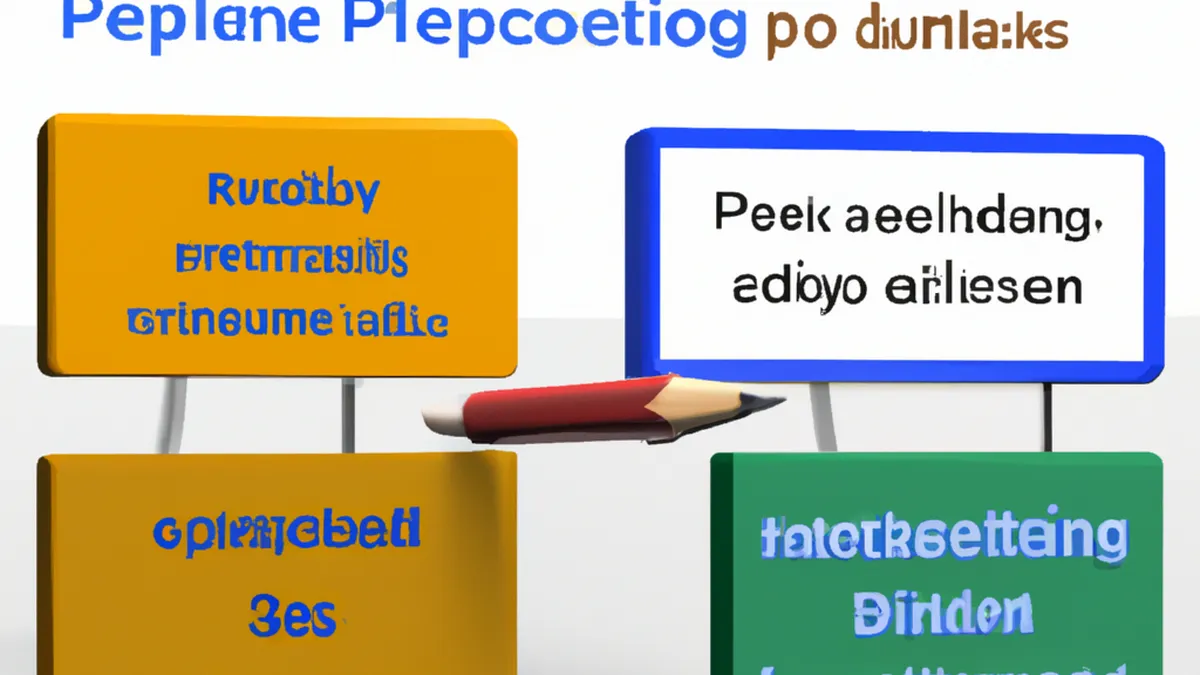Expand Your Toolkit: Essential Deep Learning Tips
How to Optimize Deep Learning Models for Image Classification
Deep learning revolutionizes image classification, impacting fields like healthcare and autonomous vehicles. You can enhance model performance with optimization techniques, leading to better accuracy, faster training, and increased reliability. This post explores actionable tips for optimizing deep learning models in image classification.
Understanding the Basics of Image Classification
Understand the fundamentals of image classification before optimization. This process trains a model to recognize and categorize images by content. Convolutional Neural Networks (CNNs) excel in this task by detecting image features automatically. Achieving high accuracy requires careful tuning and optimization.
Tips for Optimizing Your Models
1. Data Augmentation
Data augmentation increases your training dataset’s diversity without extra data collection. Applying transformations like rotation, flipping, cropping, and zooming generates multiple image variations. This approach combats overfitting and helps your model learn robust features. For example, augmenting a 1,000-image dataset can effectively multiply its size, improving performance and generalization.
2. Transfer Learning
Transfer learning leverages pre-trained models trained on large datasets like ImageNet. Instead of starting from scratch, fine-tune models like VGG16, ResNet, or Inception for your specific task. This approach saves resources and time while improving performance, especially with limited data. Replace final layers and train them with your specific classes to adjust the model.
3. Hyperparameter Tuning
Hyperparameter tuning optimizes model performance significantly. Choices like learning rate, batch size, and epochs impact training outcomes. Use grid search or random search to explore hyperparameter space systematically. Additionally, employ tools like Optuna or Hyperopt for automated tuning, identifying the best settings more efficiently.
Advice for Improving Performance
1. Use Regularization Techniques
Regularization prevents overfitting, especially in complex models. Techniques like dropout, L1/L2 regularization, and data augmentation enhance generalization capabilities. Dropout layers randomly drop neurons during training, reducing reliance on specific features. Weight decay adds penalties to the loss function, discouraging overly complex models. Both methods create robust models that generalize better to new data.
Conclusion
In summary, optimizing deep learning models for image classification enhances performance and ensures better accuracy.
Below are related products based on this post:
FAQ
What is data augmentation and how does it help in image classification?
Data augmentation is a technique that increases the diversity of your training dataset without the need for additional data collection. By applying transformations such as rotation, flipping, cropping, and zooming, you create multiple variations of images. This helps combat overfitting and allows the model to learn more robust features, ultimately improving performance and generalization.
What is transfer learning and why is it beneficial for optimizing deep learning models?
Transfer learning is a method that utilizes pre-trained models that have been trained on large datasets, such as ImageNet, to improve the performance of a new task. Instead of starting from scratch, you can fine-tune existing models like VGG16 or ResNet for your specific application. This approach saves time and computational resources, and it is particularly effective when working with limited data.
How can hyperparameter tuning enhance the performance of deep learning models?
Hyperparameter tuning involves adjusting parameters such as learning rate, batch size, and the number of epochs to optimize model performance. Systematic approaches like grid search or random search can be used to explore the hyperparameter space. Additionally, automated tuning tools like Optuna or Hyperopt can identify the best settings more efficiently, leading to improved training outcomes and overall model accuracy.















Post Comment